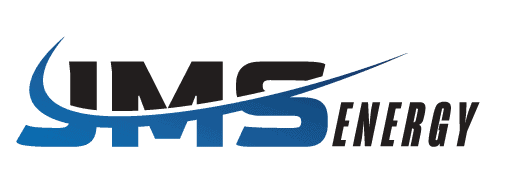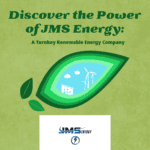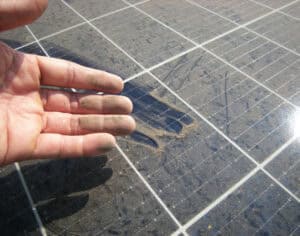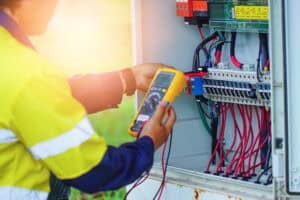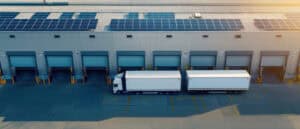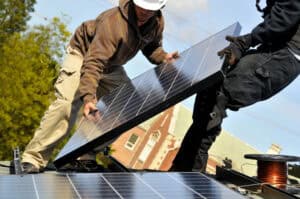
Table of Contents
In the realm of renewable energy, the concept of repowering holds significant promise for enhancing efficiency and sustainability. Repowering involves upgrading existing power installations with newer, more advanced technology. While this can apply to various types of power plants, wind farms particularly benefit from repowering due to the rapid technological advancements in wind turbine design and efficiency.

What is Wind Farm Repowering?
Wind farm repowering entails the comprehensive overhaul of older wind turbines with modern, more powerful counterparts. Instead of simply upgrading individual turbines, entire wind farms—comprising numerous older units—are replaced with fewer, more efficient turbines. This strategic upgrade allows for increased electricity generation capacity, often utilizing turbines with larger towers and longer rotor blades.
Benefits of Wind Farm Repowering
Increased Efficiency
Modern wind turbines are capable of generating significantly more electricity than their predecessors, thanks to advancements in blade design and turbine technology. These turbines can produce more energy at lower rotational speeds, optimizing their efficiency and output.
Environmental Impact
One of the key advantages of wind farm repowering is its positive impact on the environment. By reducing the number of turbines needed while increasing their individual capacity, repowering helps mitigate the ecological footprint of wind energy projects. Larger turbines with slower rotations are also less disruptive to local wildlife habitats, contributing to biodiversity conservation efforts.
Visual and Aesthetic Improvements
Beyond technical benefits, repowering enhances the visual appeal of wind farms. Larger turbines with slower rotations are more aesthetically pleasing, blending more harmoniously with the landscape compared to older, smaller turbines with faster-moving blades.
Contribution to Energy Transition
Repowering plays a crucial role in advancing the global transition to renewable energy sources. By enhancing the efficiency and output of existing wind farms, repowering helps meet growing energy demands sustainably, reducing reliance on fossil fuels and supporting the shift towards cleaner energy alternatives.
Case Studies and Examples
JMS Energy’s Approach
JMS Energy has been at the forefront of wind farm repowering initiatives, leveraging their expertise to transform aging wind installations into state-of-the-art energy producers. Their projects focus on maximizing energy output while minimizing environmental impact, exemplifying the benefits of repowering in real-world applications.
Additional Information and Resources
For more detailed insights into wind farm repowering and its benefits, explore JMS Energy’s dedicated page on wind energy solutions here.
What is the typical lifespan of a wind turbine before repowering is considered?
Wind turbine lifespan varies but typically ranges from 20 to 25 years. Repowering is considered when turbines approach the end of their operational life or when technological advancements offer significant efficiency gains.
How does repowering benefit energy efficiency?
Repowering replaces older turbines with newer models that can generate more electricity from the same wind conditions, thereby enhancing overall energy efficiency and output.
What are the environmental considerations of wind farm repowering?
Repowering reduces the number of turbines needed, minimizing land use and environmental impact. Newer turbines with larger blades also operate more quietly and are less disruptive to wildlife.
How does wind farm repowering contribute to the energy transition?
By increasing the efficiency and output of wind farms, repowering helps scale up renewable energy capacity, supporting global efforts to reduce carbon emissions and combat climate change.
What are the challenges associated with wind farm repowering?
Challenges include logistical complexities such as turbine transportation and installation, as well as regulatory considerations related to land use and environmental permits.
Wind farm repowering represents a pivotal strategy in the evolution of renewable energy infrastructure. By upgrading older wind turbines with advanced technology, repowering not only boosts energy efficiency and output but also fosters environmental sustainability and supports the global transition towards a cleaner, greener future. For more information on how JMS Energy leads the way in wind farm repowering projects, visit their website and explore their innovative solutions.
